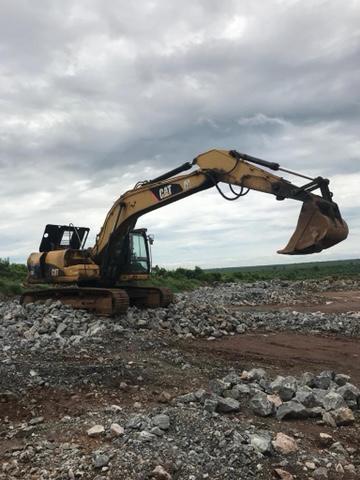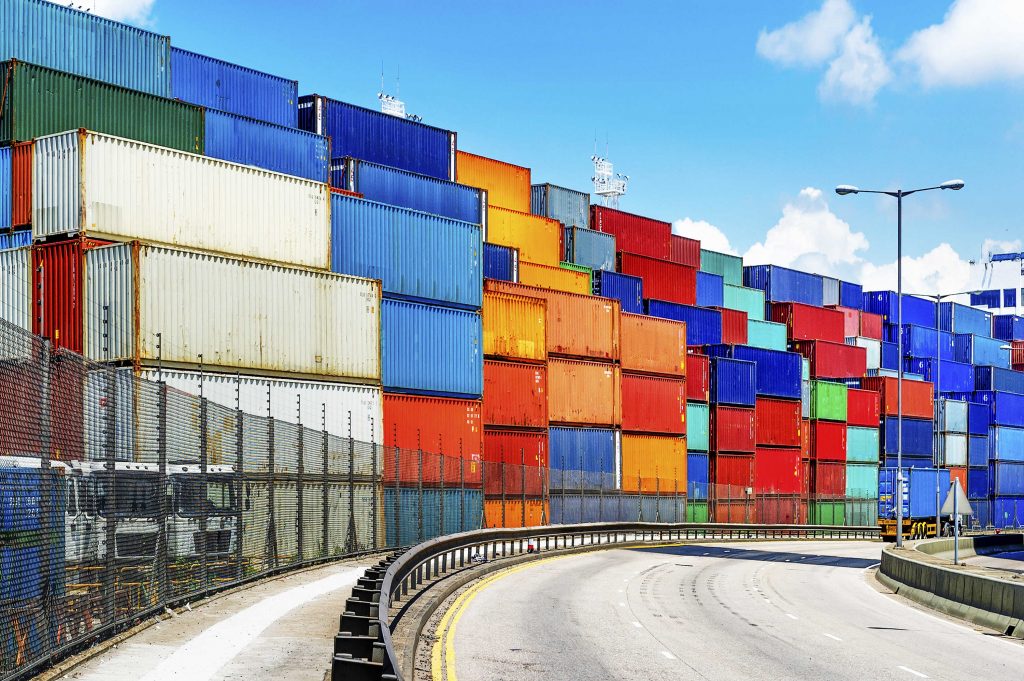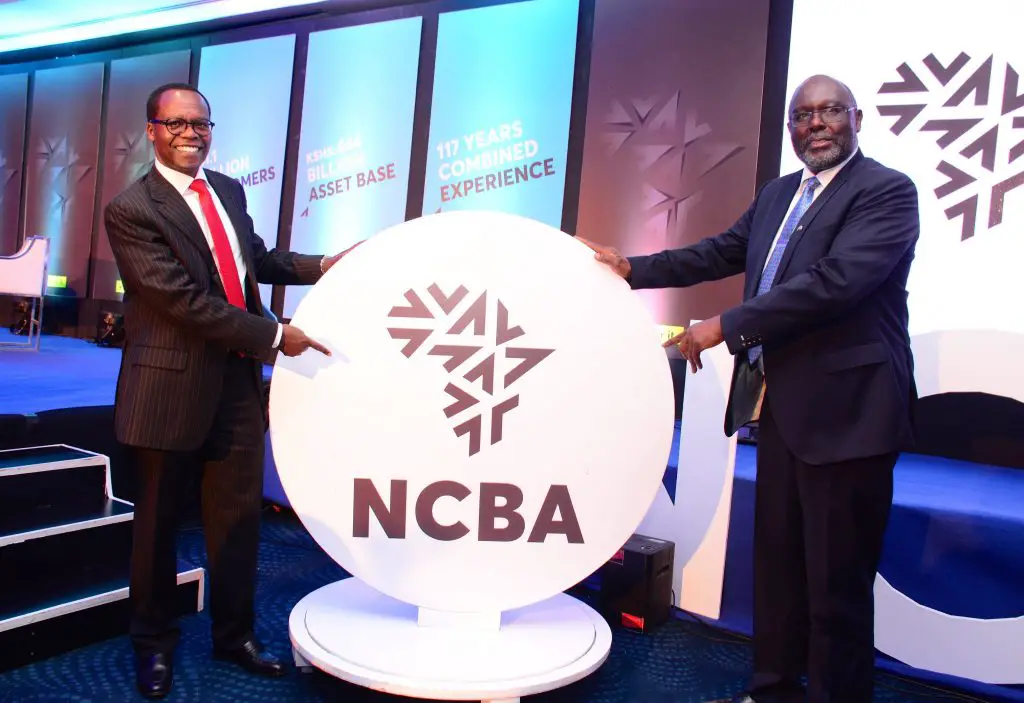- How transition finance can catalyse Africa’s green industrial revolution
- Stanbic PMI Report: Mixed performance as Kenya’s agriculture, construction offset manufacturing decline
- Uganda’s land management gets a tech makeover to boost transparency
- Nigeria’s output dips fastest in 19 months on a sharp rise in costs
- Apple faces growing backlash over Congo exploitation
- Why East Africa is staring at higher wheat prices in 2025
- Nairobi Gate SEZ pumps $7 million into Kenya’s agro-processing industry
- What impact will the US election have on Africa?
Browsing: Central Bank of Kenya
Once upon a time in Kenya, tea and coffee were the big players, the rulers of the country’s agribusiness the top foreign exchange earners.
However with time passing the crops contribution to annual earnings kept falling, because the farmers were simply not getting paid in time. The peasants’ payment was little and delayed.
As a result, production and quality of the coffee and tea out remained poor and could not earn the country its potential income from the sector.
Now the government has set aside USD15 million to revitalize the sector. The funding is from the World Bank which is meant to compliment another USD30 million that Kenya set aside back in January.
What is to be learnt here is not just the will to revitalize the coffee and tea sectors but also the willingness to admit what the problem was in the first place, slow and low payment of …
Central Bank of Kenya has cracked the whip against the Absa Bank in Kenya for failure to conduct proper tracing of the source of money in a flagged transaction in March 2020. Consequently, the regulator has slapped the bank with a week- from Thursday, April 9 to Wednesday, April 15, 2020- suspension from trading in forex.
In a statement, CBK notes that this failure contravenes anti-money laundering regulations which stipulates adherence to the proper tracing of funds passing through the bank.
A statement by CBK reads, “In investigating these and other earlier transactions it is evident that Absa Kenya did not have a satisfactory assurance of the underlying commercial transactions supporting these trades, as is required, nor did the bank ensure the standard checks on anti-money laundering and combating the financing of terrorism (AML/CFT) and know-your-customer (KYC) requirements were applied.”
Kenya has been keen to contain the flow of illicit …
 The construction industry in Tanzania contributed an average of 13.6% to Tanzania’s GDP over the last two years representing a whopping USD6billion.
The construction industry in Tanzania contributed an average of 13.6% to Tanzania’s GDP over the last two years representing a whopping USD6billion.
The government of Tanzania has dedicated more than a quarter (25.4%) of its annual national budget to infrastructure development projects. With such high stakes, the construction sector now offers new investment and employment opportunities for Tanzanian youth.
Meet Michael Kimei, the 33 year old young entrepreneur and born again Christian. Mr. Kimei is Owner and Manager of Aggregate Crushing Ltd, a construction company in Tanzania, the epitome of youth self employment.
“I have had passion for business ever since I was a child, and as a God fearing man and a firm believer of the gospel of Jesus Christ, my work is centered around living a God ordained life and putting hard work towards setting up my own business and taking it to golden heights for the glory…
Micro financing is the go to solution for small businesses as banks tighten lending conditions to stifle Non Performing Loans (NPLs). In Tanzania, as elsewhere, NPLs are no longer a problem for individual banks, rather a national economic problem managed by the Central Bank.
The Bank of Tanzania (BoT) now provides guidelines for banks to curb NPLs and to help, it has created what is referred to as Credit Reference Bureaus. These bureaus are meant to protect banks against bad credit or more directly, to protect them against bad debtors.
In Tanzania, there are now two credit reference bureaus both meant to protect banks from crippling NPLs. Rather than deal with recovery of bad loans, the bureaus are meant to keep banks from lending to potentially ‘bad debtors.’
Unchecked NPLs could bring a bank to closure, that means affecting all other bank customers, now multiply that across several banks and…
In the backdrop of Tanzania’s Central Bank announcing a stimulus package for commercial banks, loans advanced by banks have shot up significantly over the last year and the stimulus package is expected to sustain if not increase lending.
The Central Bank, the Bank of Tanzania (BoT) has this week released its Consolidated Zonal Economic Performance Report which shows lending by commercial banks have increased considerably in the last year.
The report shows that the highest amount of growth in bank loans was parallel to ongoing national infrastructure development works. The highest increase in loans was to companies operating in the central and south eastern zones owing to increased construction projects and to trading activities, respectively.
This would explain reduced lending in the commercial capital of Dar es Salaam. Lending in the bustling port city actually fell 1.6 percent compared to the same period last year. However, despite the percentage decrease, …
There are now more than 100,000 mini-grid stations across Africa, these little power generation stations are serving to bridge Africa’s rural power gap and Tanzania is no exception.
While the country leads Africa in rural electrification efforts, there is still huge gap between demand and supply and the solution to cover it lays in mini-grids, small power stations that generate power at localized remote points.
To date, Tanzania has well over 100 mini-grids that provide electrical power to over 250,000 people in remote corners of the country. These mini-grids provide close to 200 MW using biomass, fossil fuel and solar systems as well as hybrids of these energy sources.
Tanzania’s national policies also support adoption of renewable energy technologies. Off-grid electrification using renewable energy technologies can offer a power solution to rural and remote areas. These efforts are inline with the global Sustainable Development Goals.
SDG number 7 calls for …
More than ever before, Tanzania and the rest of Africa need to employ rain harvesting technology. Global climate changing is drastically affecting weather patterns, rains are heavier or missing completely, droughts in otherwise tropical areas, cyclones and tornadoes ravaging through coastlines. Weather is now less predictable than ever before.
For both economic and social reasons, Tanzania needs to make the best of the rains when they come, Tanzania needs to harvest rain water.
While at national or even city levels, there are some sophisticated equations involved in rain harvesting, like building reservoirs and purification sites, but all in all, the science of rain harvesting technology is not all that complicated at all. It’s a simple three step investment, collect, store and purify.
Since economies rely on water for production and households depend on clean and safe water for daily survivor, harvesting rain water should not even be optional, it should …
When it comes to extractive industries, Tanzania is one of Africa’s richest countries. From minerals to marine resources, Tanzania has it all. It is the World’s only source of Tanzanite, a blue gem said to be 1000 times rarer than diamond. It is home to the highest mountain on the continent and Lake Tanganyika, the World’s deepest lake.
How to manage the extractive industries is an insurmountable task that has seen many countries plunge into endless civil wars. At the center of this strife is a matter of much deliberation but one word can describe the complex mechanisms that are required to efficiently manage the extractive industries, transparency.
Transparency in this case is a very touchy subject after all, who wants to let the world know the details of the 100 years renewable contract that they have signed with a multi-national corporation?
However, that is exactly what transparency demands, stifle …
The first quarter of 2020 has had mixed results for the economies of East Africa. The weather, a key determinant of inflation rates, has been good. Forex rates have remained stable in the region as a balance between dollar demands and diaspora remittance has been easily reached. Eastern Africa is one of the regions in Africa with the highest growth rate and this has remained so in the first two months of the year, with Ethiopia and Rwanda still in the driver’s seat. In terms of foreign direct investments, Kenya and Ethiopia are still the leading pack, with Kenya receiving investments in ICT and manufacturing while Tanzania is receiving investments in mining. Rwanda is a leading conference destination and Uganda is receiving investments in renewable energy as well as in oil and gas.
Kenya and Rwanda are still leading in developing policies that promote trade and investments, while Ethiopia is…
Africa has seen a sharp rise in mergers and investments over the last decade. The total deal value of merger and acquisition (M&A) transactions in Africa increased by 32%, rising from US$16 billion in H1 2018, to US$21 billion in H1 2019 according to different wheel dealers in Africa.
The appetite for African share has been born out of an economy that is showing one of the fastest growths in the world. Also, the continent has launched various initiatives to lure foreign direct investment into the continent. These initiatives include the Africa Continental Free Trade Area as well as individual country policies. Rwanda and Ethiopia, for example, have been introducing reforms that have made other partners in the region rethink their positions.
According to UN Conference on Trade and Development (UNCTAD), out of the total $9 billion invested in the region, Ethiopia took the biggest amount while Rwanda showed increased …














